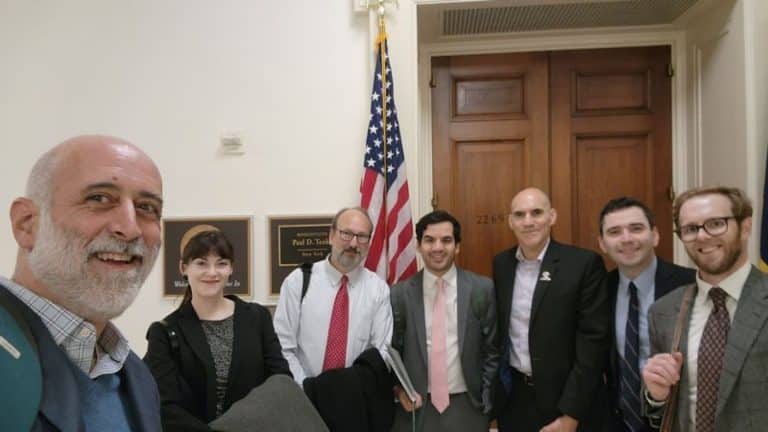Knoxville, Tennessee – Today, the Tennessee Valley Authority (TVA) released its final Integrated Resource Plan (IRP) or long-term plan for their energy resource mix through 2038. Earlier this year, the Southern Alliance for Clean Energy submitted comments on the draft IRP that included recommendations for greater energy efficiency, transparency, and renewables. By ignoring these recommendations from SACE and others, TVA has consequently left their most vulnerable customers behind. While the final IRP shows an overall reduction in greenhouse gas and air pollution emissions from TVA’s current trajectory, TVA could and should do more to reduce emissions and save customers money. This IRP might have been groundbreaking 20 years ago, but today it is the plan of a regional laggard on both energy efficiency and renewables.
In this IRP, TVA makes clear their plans to gut energy efficiency investments by continuing a disappointing pattern begun in recent years to defund efficiency programs. TVA customers are already saddled with high electric bills driven by high usage and high fixed fees. Today, TVA is well below the regional average on annual savings from energy efficiency, trailing far behind neighboring Duke Energy Carolinas, whose customers receive seven times more savings from energy efficiency than TVA customers. Not utilizing energy efficiency as a resource leads to energy waste, which means higher energy bills for all customers. TVA certainly knows better, and should do better on energy efficiency.
Because the economics of solar are very hard to ignore, this IRP includes more solar than previous ones. However, under TVA’s current plan, the only near-term solar additions are to meet the needs of large business customers like Facebook and Google. TVA’s residential and small business customers are being left out and left behind. Florida Power & Light (FPL) is a similar size to TVA and plans to install more solar in 10 years than TVA plans to in 20 years. Unlike TVA, FPL is offering residential and commercial customers the opportunity to invest in and benefit directly from some of that solar through a community solar program.
TVA’s IRP plans to add at least as much gas as solar to its resource mix. TVA has already fallen far behind neighboring utilities on investing in renewables, and TVA customers will be on the hook for long-term commitments to non-renewable resources for years to come if TVA follows through on this plan.
Stephen Smith, Executive Director of the Southern Alliance for Clean Energy issued this statement after the final IRP was released, “This IRP is a missed opportunity. TVA is not prioritizing what is best for Tennessee Valley residents with the release of this long-term resource plan. TVA states that its mission is “to improve the quality of life in the Valley through the integrated management of the region’s resources.” This IRP reflects a different mission – a mission to hold on to a 20th century business model that ignores new technologies that can improve the quality of life for residents of the Tennessee Valley.”
IRP processes should be transparent and involve meaningful stakeholders input. A successful IRP minimizes total system costs without limiting customer choice. A successful IRP evaluates the entire life-cycle cost of all resources, both supply and demand and both existing and potential. A successful IRP should be overseen by an engaged oversight body. The Tennessee Valley Authority’s 2019 Integrated Resource Plan failed on all of these levels and will hold the region back from the clean energy future our neighbors are already enjoying.
# # #
Since 1985, the Southern Alliance for Clean Energy has worked to promote responsible energy choices to ensure clean, safe and healthy communities throughout the Southeast. Learn more at www.cleanenergy.org

